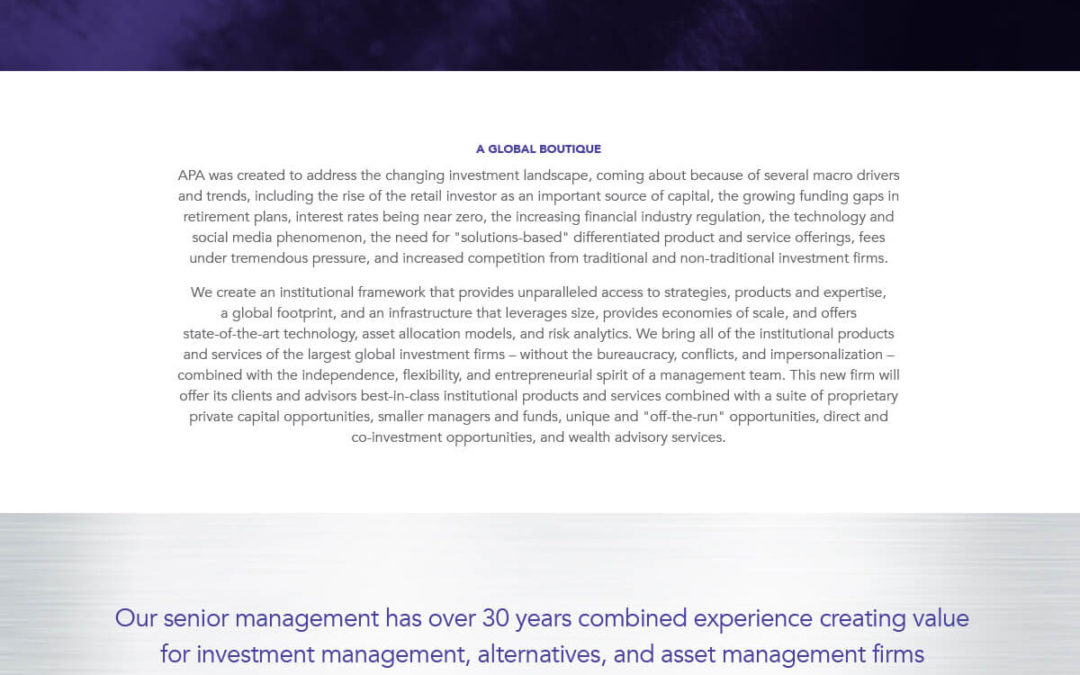Writing effective blog posts can be an overwhelming task for many small businesses. Finding the right blog topics, maintaining a regular writing schedule, and balancing what your audience needs while trying to rank for particular keyword phrases can leave you uncertain with where to start once it’s time to put pen to paper.
Sometimes it can be valuable to sketch out a blogging “blueprint” so when you’re ready to create content, you know how to engage your readers while at the same time optimizing your post so that it also ranks well for your priority keywords. Here are couple of tips to help you create effective business blogs posts that please your audience and search engines.
Start with keyword topics
Think about general keyword topics for your blog posts that your readers will be interested in and that are important to your business, and then drill down to some specific keywords from there. For each keyword topic, identify some keywords that will become sub-sets of the topic. Think about what your audience will be searching for and what keywords you want to try to rank for in the search engines.
For instance, if one of my keyword topics is website design, I’d make a list of keyword phrases that I think people would search for related to my topic. Here’s what I might include:
• Website design best practices
• How to design a website that generates profits
• What makes a high converting website
• Mobile website design
• Design tips for commerce websites
The goal here is to quickly write down each keyword phrase that comes to mind for each topic. You can use Google’s Keyword Planner tool to narrow down your list based on search volume and traffic estimates for the keyword phrases you’re considering. Start by writing blog posts for the keyword phrases that have a decent amount of monthly search volume with the lowest competition.
By focusing on keyword topics rather than individual keywords, your blog pages will start ranking for both long-tail and short-tail keywords within each keyword topic. Keyword topics also form the foundation for your blog’s categories. By organizing your content this way you’re making it easy for your readers to find posts by specific subjects.
Write for your audience first
This may sound counter-intuitive, but once you’ve narrowed down your keyword phrase and are ready to create content, forget about your keyword phrase. Put it out of your mind. Instead, the best approach is to focus on your readers first, then add in your keyword phrase later. This will help you create content that is more honest, natural and meaningful, because you’ll be thinking about the needs of your readers rather than making sure you have the right keywords.
With each algorithm tweak, Google is becoming smarter and smarter at offering their audiences relevant, quality content and deterring SEO tactics that target only search engines. So if you focus first and foremost on providing value to your own readers and then worry about search engines later, you’re likely to get good results from search engines as well.
Add in your keywords second
Once you have content that your readers will find extremely helpful and you’re ready to publish, add in the keyword you want to rank for. Try adding the keyword to your content in a way that enhances the flow, keeps your readers engaged and doesn’t interrupt their experience. Try to have your keyword in your post between three and five times and be careful not to overuse the keyword in hopes of getting a higher ranking. Stuffing the keyword into your post will send off alarm bells in your readers. They’ll pick up on numerous mentions and sense that you’re writing less for them and more for search engines.
If you want to build authority and trust, keep the use of keywords to what naturally makes sense and create content that your readers love and want to share within their networks. This is the best way to build link equity while placating the search engines for maximum results.
Optimize your Post
For pure search engine optimization, make sure your blog post title and H1 tag contain the keyword you want to rank for. You can use tools like Moz’s OnPage Grader to help you make your blog post as effective as possible for search engines. This tool will help you see what adjustments you can make to your title tags, H1 tags, alt tags and keywords for search engine optimization. The page grader is a great way to allow you to first focus on your content with your audience in mind, then go back over and edit for search engines and SEO. This way you can maximize your content for your audience and for search engines.
Your best SEO is going to come from your readers. If you take some time to think about what your business provides and how you can align that with what your audience is searching for, you can start creating effective blog posts. Focus on what’s really important: your readers. Create content that’s really helpful first, then tweak it for search engines later. When your readers love what you write, they’ll share it within their networks and link back to your posts. This is the best way to create blog posts that get results.

